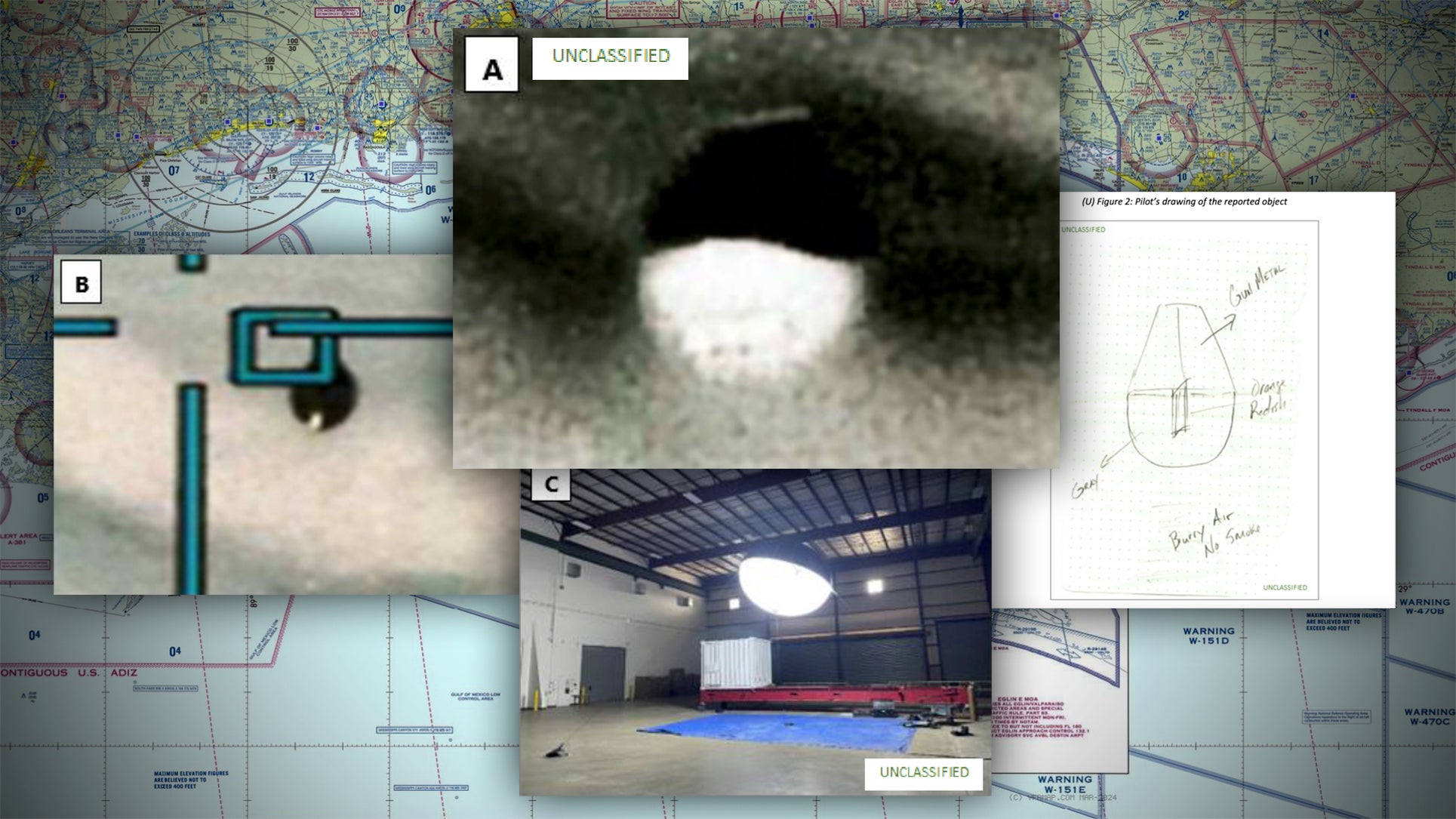
PostgreSQL: LIMIT vs FETCH FIRST ROWS … WITH TIES
Most people in the SQL and in the PostgreSQL community have used the LIMIT clause provided by many database engines. However, what many do not know is that LIMIT / OFFSET are off standard and are thus not portable. The proper way to handle LIMIT is basically to use SELECT … FETCH FIRST ROWS. However, there is more than meets the eye.
Before we dig into some of the more advanced features we need to see how LIMIT and FETCH FIRST ROWS can be used. To demonstrate this feature, I have compiled a simple data set:
In this case, the first three rows are returned. Note that we are talking about ANY rows here. Whatever can be found first is returned. There is no special order.
Many of you may never have used or seen this kind of syntax before, but this is actually the “correct” way to handle LIMIT.
The database engine does not know when to stop returning rows. Remember, NULL is undefined, so it does not mean zero. Therefore, all rows are returned. You have to keep that in mind in order to avoid unpleasant surprises…





















